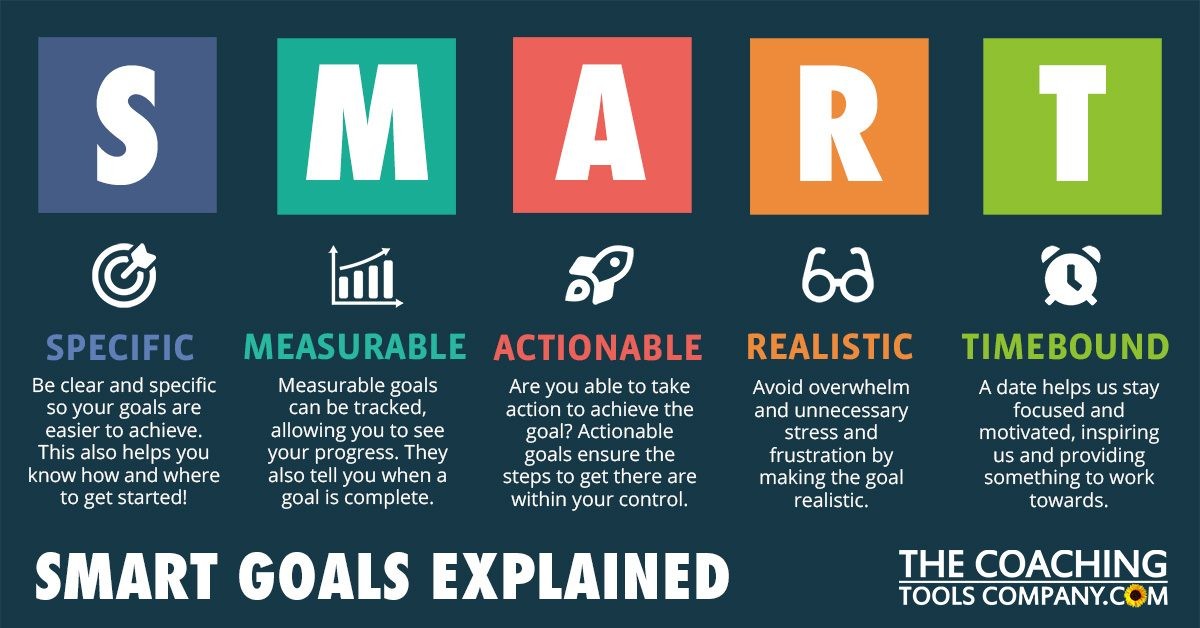In today’s fast-paced business environment, innovation is no longer a luxury—it’s a necessity. Companies that fail to innovate risk falling behind their competitors and losing relevance in the market. From startups to established enterprises, businesses must embrace creativity and adaptability to thrive. This article explores the importance of innovation, strategies for fostering it, and how to stay ahead of the competition in 2024 and beyond.
1. Why Innovation Matters
Innovation drives growth, improves efficiency, and helps businesses adapt to changing market conditions. It’s the key to staying competitive in an increasingly crowded marketplace.
- Benefits of Innovation:
- Competitive Advantage: Innovative products and services set businesses apart from competitors.
- Increased Revenue: New ideas can open up untapped markets and revenue streams.
- Improved Efficiency: Innovation often leads to streamlined processes and cost savings.
- Customer Loyalty: Customers are drawn to companies that consistently offer fresh and exciting solutions.
- Risks of Stagnation:
- Businesses that fail to innovate risk becoming obsolete, losing market share, and struggling to retain talent.
Innovation isn’t just about technology—it’s about finding new ways to solve problems and meet customer needs.
2. Types of Innovation
Innovation can take many forms, and businesses should explore multiple avenues to stay competitive.
- Product Innovation: Developing new or improved products to meet customer demands.
- Example: Apple’s continuous updates to the iPhone lineup.
- Process Innovation: Streamlining operations to improve efficiency and reduce costs.
- Example: Amazon’s use of robotics in its warehouses.
- Business Model Innovation: Rethinking how value is delivered to customers.
- Example: Netflix’s shift from DVD rentals to streaming.
- Marketing Innovation: Finding creative ways to reach and engage customers.
- Example: Coca-Cola’s personalized bottle campaigns.
By diversifying their innovation efforts, businesses can create a well-rounded strategy for growth.
3. Building a Culture of Innovation
Innovation starts with company culture. Businesses must create an environment that encourages creativity and risk-taking.
- Encourage Experimentation: Allow employees to test new ideas without fear of failure.
- Foster Collaboration: Break down silos and encourage cross-departmental teamwork.
- Reward Creativity: Recognize and reward employees who contribute innovative ideas.
- Lead by Example: Leaders should champion innovation and model creative thinking.
A culture of innovation empowers employees to think outside the box and drive meaningful change.
4. Strategies for Driving Innovation
There are several strategies businesses can use to foster innovation and stay ahead of the competition.
- Invest in Research and Development (R&D): Allocate resources to explore new technologies and ideas.
- Leverage Customer Feedback: Use customer insights to identify pain points and opportunities for improvement.
- Embrace Technology: Adopt cutting-edge tools like AI, machine learning, and data analytics to drive innovation.
- Collaborate with Startups: Partner with startups to access fresh perspectives and innovative solutions.
These strategies can help businesses stay agile and responsive to market changes.
5. Overcoming Barriers to Innovation
While innovation is essential, it’s not without challenges. Businesses must address common barriers to succeed.
- Resistance to Change: Employees and leaders may be hesitant to embrace new ideas.
- Solution: Communicate the benefits of innovation and provide training to ease the transition.
- Lack of Resources: Limited budgets and manpower can hinder innovation efforts.
- Solution: Prioritize high-impact projects and seek external funding or partnerships.
- Fear of Failure: A culture that punishes failure stifles creativity.
- Solution: Normalize failure as a learning opportunity and celebrate efforts, not just outcomes.
By addressing these barriers, businesses can create a more conducive environment for innovation.
6. Case Studies: Companies That Innovate Successfully
Learning from successful companies can provide valuable insights into effective innovation strategies.
- Tesla: Revolutionized the automotive industry with electric vehicles and self-driving technology.
- Airbnb: Disrupted the hospitality industry by creating a platform for peer-to-peer rentals.
- Spotify: Transformed the music industry with its streaming service and personalized playlists.
These companies demonstrate the power of innovation to disrupt industries and create new opportunities.
7. The Future of Innovation
As technology and consumer expectations evolve, businesses must stay ahead of emerging trends.
- Artificial Intelligence (AI): AI will continue to drive innovation across industries, from healthcare to finance.
- Sustainability: Businesses are increasingly focusing on eco-friendly innovations to meet consumer demand for sustainability.
- Remote Work: The shift to remote work is driving innovation in collaboration tools and virtual workspaces.
- Personalization: Customers expect personalized experiences, driving innovation in data analytics and marketing.
Staying informed about these trends will help businesses remain competitive in the years to come.
Conclusion
Innovation is the lifeblood of any successful business. By fostering a culture of creativity, investing in new ideas, and staying ahead of industry trends, businesses can maintain a competitive edge and drive long-term growth. In 2024 and beyond, the ability to innovate will determine which companies thrive and which are left behind. The question is: Is your business ready to embrace innovation and lead the way?





